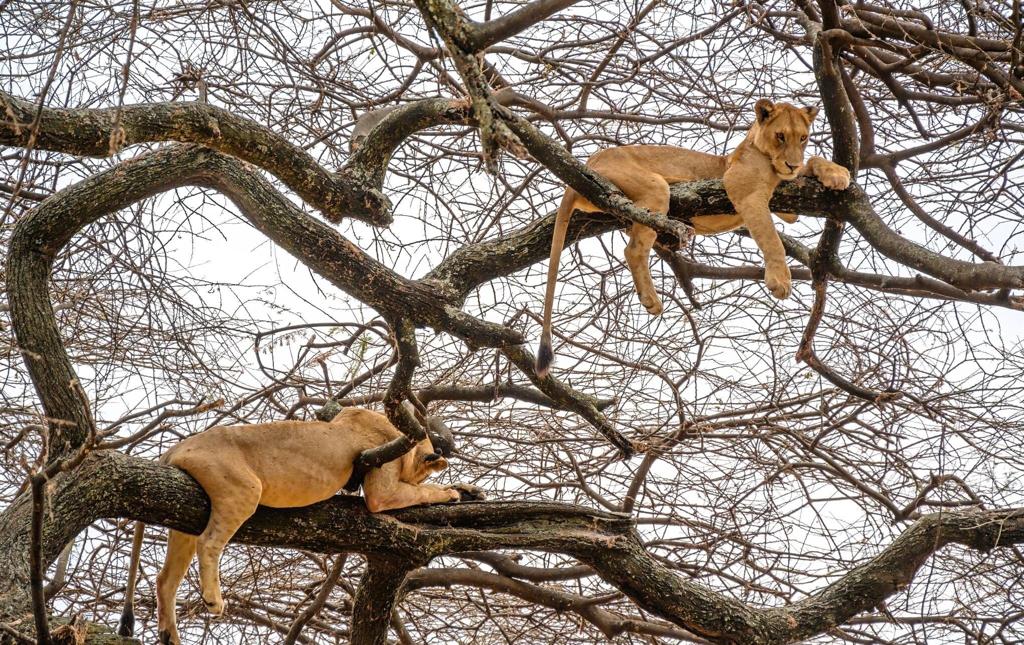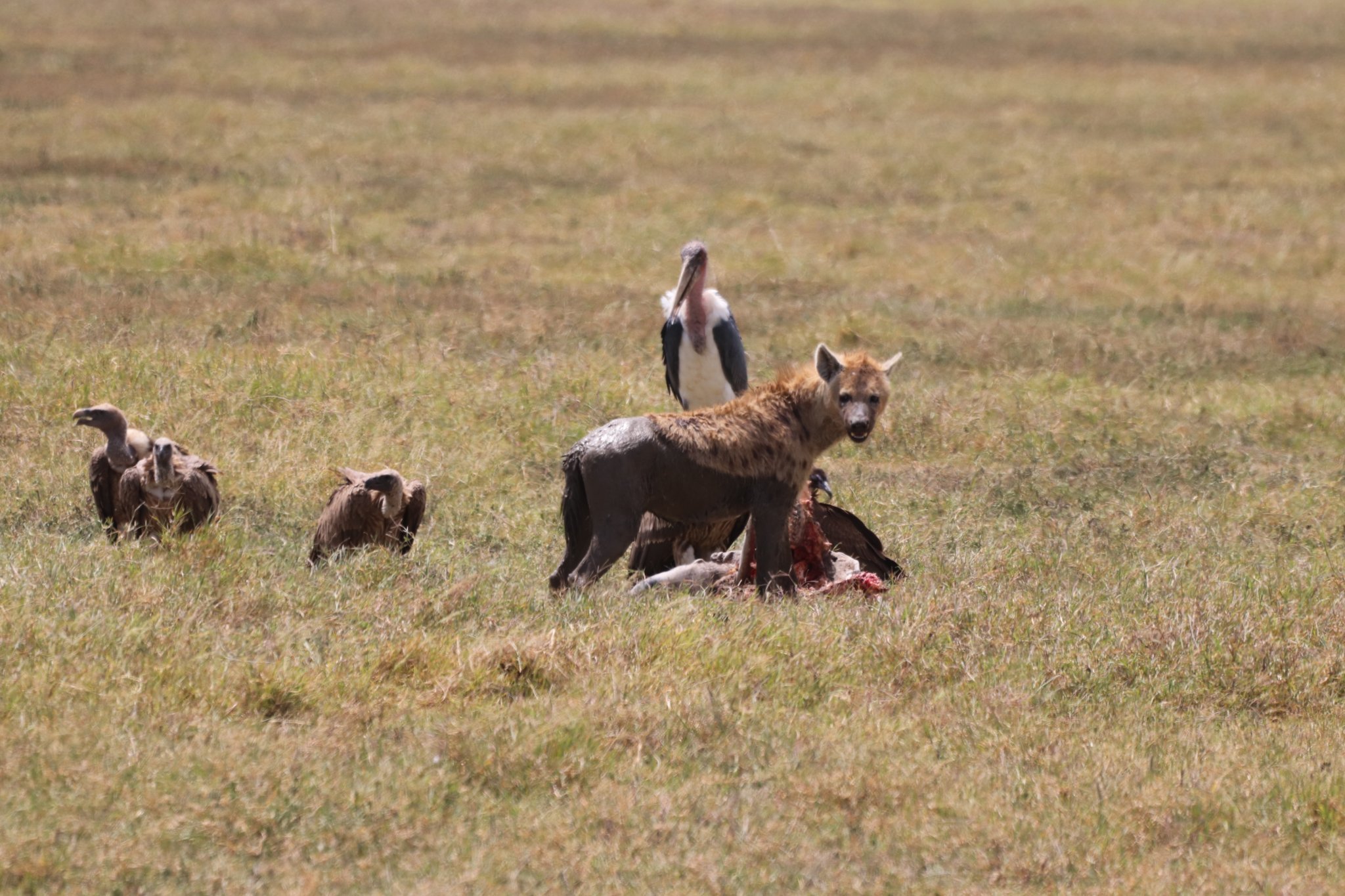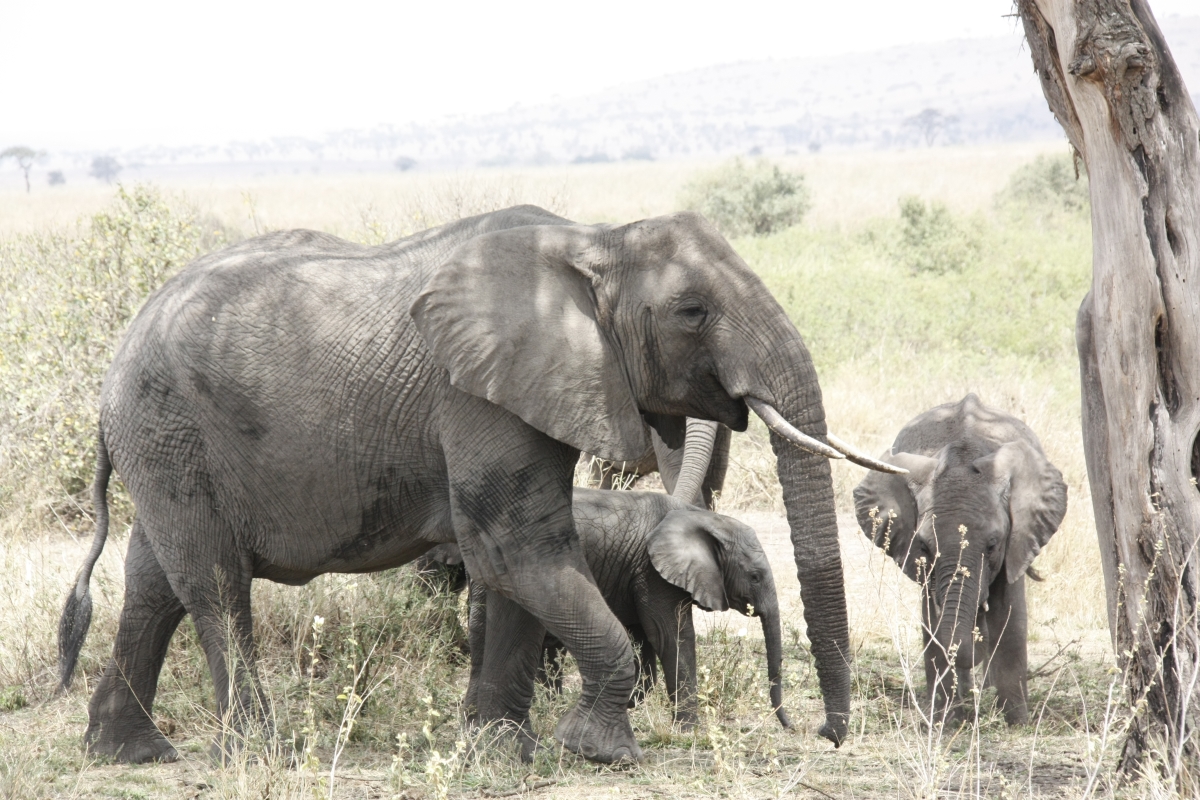Lake Manyara National Park: A Scenic Wildlife Paradise
Overview
Lake Manyara National Park is a captivating destination located in northern Tanzania, famous for its breathtaking landscapes, diverse ecosystems, and rich wildlife. Situated at the base of the Great Rift Valley escarpment, this compact yet stunning park offers a unique blend of habitats, including lush forests, open savannah, and the shimmering waters of Lake Manyara.
Location and Geography
- Location: Lake Manyara National Park is approximately 130 kilometers (81 miles) southwest of Arusha and is easily accessible from the Ngorongoro Crater and Serengeti National Park.
- Size: The park covers an area of about 330 square kilometers (127 square miles), with the lake itself accounting for approximately 230 square kilometers (89 square miles) during the wet season.
- Landscape: The park features a diverse range of landscapes, from dense forests and grasslands to the alkaline waters of Lake Manyara, creating a vibrant habitat for various wildlife species.
Wildlife and Biodiversity
Lake Manyara National Park is renowned for its incredible biodiversity:
- Large Mammals: The park is home to a variety of large mammals, including elephants, giraffes, zebras, wildebeests, and buffaloes. Manyara is known for its unique tree-climbing lions, which can often be spotted lounging in the branches of acacia trees.
- Primates: The park is also home to a significant population of baboons and blue monkeys, providing exciting opportunities for wildlife observation.
- Birdlife: Lake Manyara is a birdwatcher’s paradise, boasting over 400 bird species, including flamingos, pelicans, and the striking yellow-billed stork. The park’s diverse habitats attract both migratory and resident bird species.
Activities in Lake Manyara National Park
- Game Drives: Guided game drives are the primary way to explore Lake Manyara National Park. Morning and afternoon drives offer excellent opportunities to spot wildlife, particularly around the lake and in the park’s open plains.
- Birdwatching: With its diverse birdlife, Lake Manyara is a fantastic destination for birdwatching. Birders can explore various habitats, from wetlands to woodlands, to observe a wide variety of species.
- Walking Safaris: For a more immersive experience, guided walking safaris are available, allowing visitors to explore the park on foot and learn about the flora, fauna, and ecology from knowledgeable guides.
- Canoeing: Lake Manyara offers canoeing opportunities, providing a unique perspective of the park’s wildlife and landscapes while paddling along the lake’s shores.
- Photography: The stunning landscapes, wildlife, and vibrant sunsets make Lake Manyara an ideal destination for photography enthusiasts. Early mornings and late afternoons provide the best lighting for capturing memorable shots.
Best Time to Visit
- Dry Season (June to October): The best time for wildlife viewing, as animals gather around the lake and water sources. The vegetation is less dense, making wildlife spotting easier.
- Wet Season (November to May): While some roads may become muddy and impassable, the park is lush and green during this time. This season is also excellent for birdwatching, as migratory birds arrive and newborn animals can be seen.
Accessibility
- Getting There: Lake Manyara National Park is easily accessible from Arusha, the Ngorongoro Crater, and Serengeti National Park. The drive from Arusha takes about 2-3 hours.
- Park Fees: Visitors are required to pay an entrance fee to access the park, which varies based on nationality and the duration of stay. These fees contribute to conservation efforts within the park.
Accommodation Options
Several accommodation options are available near Lake Manyara National Park, catering to different budgets:
- Lodges and Camps: A range of lodges and tented camps are located near the park, offering comfortable accommodations with stunning views of the surrounding landscapes and wildlife.
- Camping: For a more adventurous experience, camping options are available within the park, allowing visitors to immerse themselves in nature under the stars.
Conservation Efforts
Lake Manyara National Park is committed to conservation and sustainable tourism. Some initiatives include:
- Community Engagement: Involving local communities in conservation efforts helps reduce human-wildlife conflict and promotes sustainable practices.
- Research and Education: Ongoing research and education programs aim to raise awareness about the importance of protecting the park’s unique ecosystems and wildlife.
Conclusion
Lake Manyara National Park is a breathtaking destination that offers a unique blend of wildlife, stunning landscapes, and outdoor activities. Whether you’re on a thrilling game drive, exploring the park’s diverse habitats on foot, or simply enjoying the beauty of nature, Lake Manyara promises an unforgettable experience.
At Royal Climb and Safaris, we are dedicated to providing personalized safari experiences that showcase the best of Tanzania’s natural wonders. Our knowledgeable guides and commitment to responsible tourism ensure that your adventure in Lake Manyara National Park will be both enriching and memorable.
Ready to explore the beauty of Lake Manyara National Park? Contact Royal Climb and Safaris today to start planning your unforgettable safari experience!




